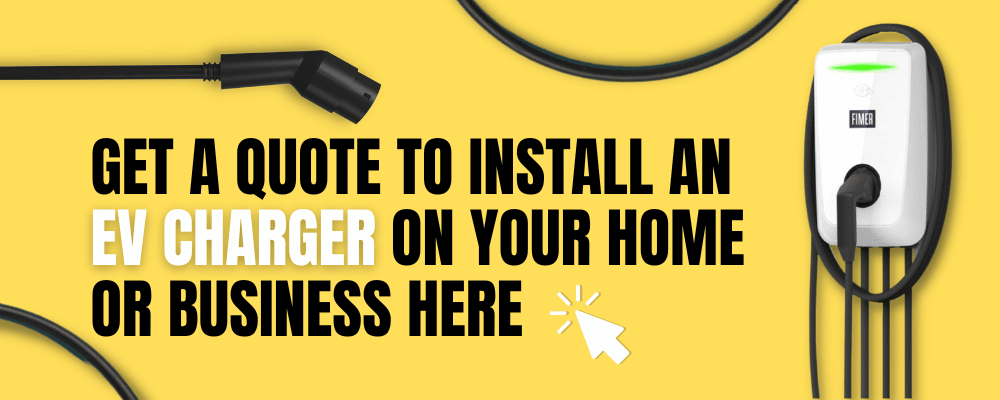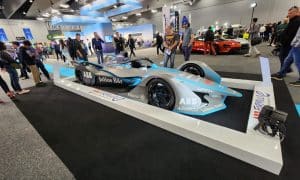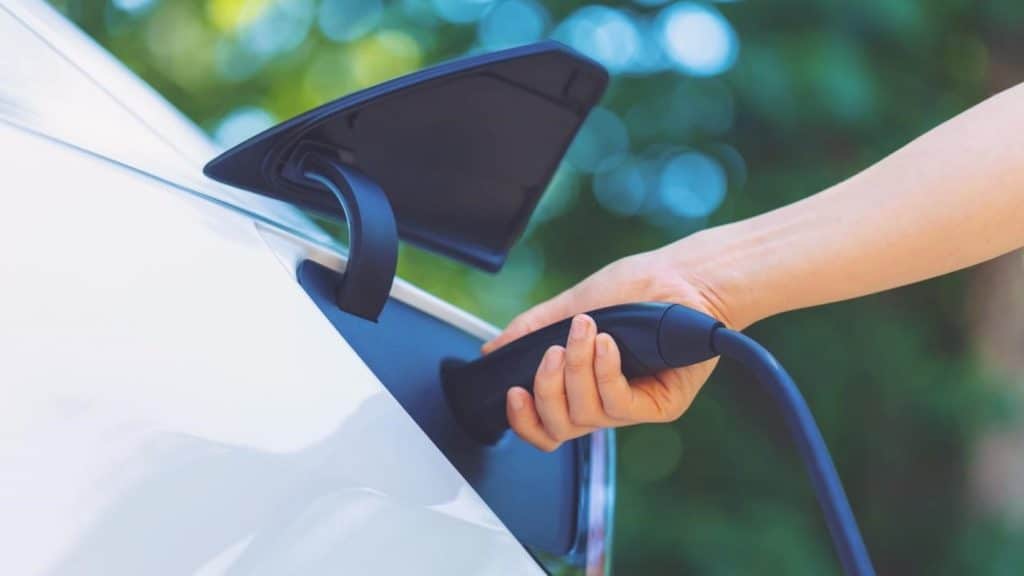
When it comes to Electric Vehicles (EVs), there are a lot of questions regarding energy consumption. How can I calculate my EV’s power consumption? What are the factors that impact Electric Vehicle energy consumption? How can I reduce energy consumption? These are just some of the questions that EV owners seek the answer to.
So whether you own an EV, are thinking about going green with your daily commute, or are just simply curious about Electric Vehicles, this article will answer your questions and more!
Energy consumption of Electric Vehicles

There are two types of energy consumption for EVs; driving and charging. When charging your car, the amount of electricity you use depends on your vehicle’s battery size, type of charger, and how much additional charge is needed.
Your EV’s battery size will impact the amount of time necessary for charging – a smaller battery size charges faster than a bigger one. The type of charger you have also plays a big part in the time it takes to fully charge your battery. There are 3 levels of chargers;
Level 1 is AC Trickle Charging. This is the standard connection to your home’s 240V wall outlet. This is the slowest of charging methods as the battery will draw only 2kW of power from a standard 10-amp socket. Your EV will likely take 48 hours to fully charge when connected in such a way. A Plug in Hybrid EV (PHEV), however, might be able to be fully charged overnight.
Level 2 is AC Fast Charging. This requires a charging unit to be installed in your home that increases the power output to 7.2kW. A PHEV might charge in as little as 2 hours with a fast charger, and a standard EV in approximately 11 hours. A three-phase house can opt for a 22kW charger, drastically reducing charging times again. PHEVs, however, will not benefit from a 22kW charger as the maximum draw they can take is 7.6kW.
Level 3 is DC Rapid Charging. These are found in public spaces and can provide anywhere from 50kW to 350kW – seeing you on your way in a matter of minutes in some circumstances! DC chargers will usually only charge your battery to 80%. This is due to rapid charging and the resulting heat. Charging to 80% capacity ensures your EV is safe from battery fires.
For driving, the amount of energy your vehicle uses will vary on factors such as rolling resistance, average speed, weight, aerodynamic drag force, friction, etc.
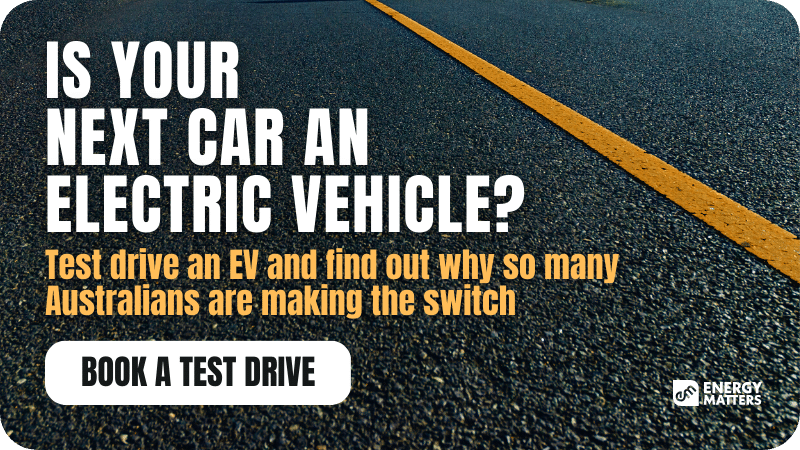
EV Energy consumption characteristics
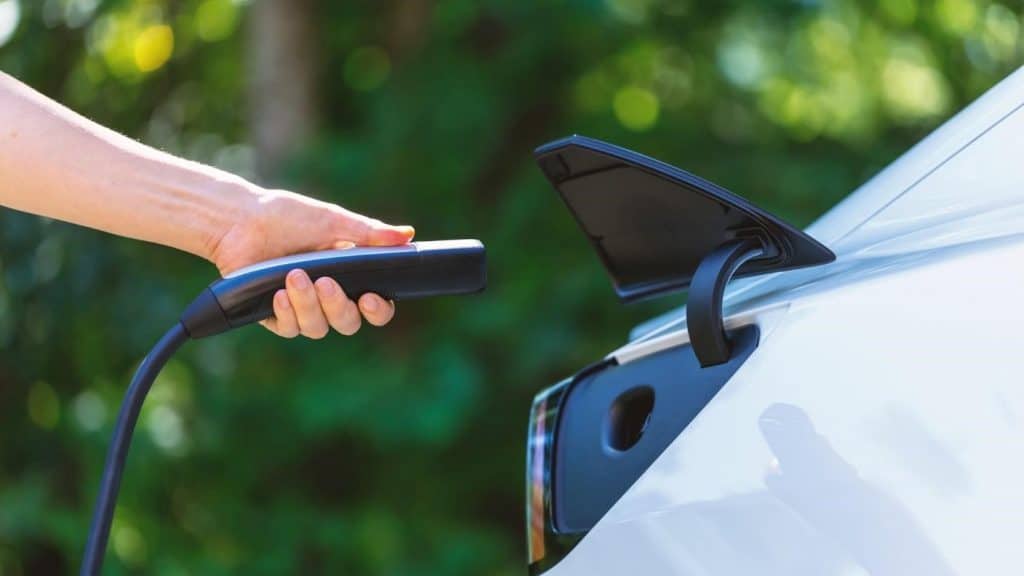
You have a tank with a defined size and a rating for your car of x litres per 100 kilometres, plus a reliable fuel gauge that will often tell you precisely how many kilometers you have left to drive before you run out.
There are some variables, like highway and city driving, along with wind resistance to a certain degree – but in general, you know how much petrol you need to get to your destination, and the risk of running out is pretty low.
With Electric Vehicles (EVs), calculating the consumption is not quite as clear-cut. You do have a battery that has a defined capacity, but there is a range of factors to consider when calculating how far you can travel on a single charge.
Factors that impact the power consumption of an electric vehicle
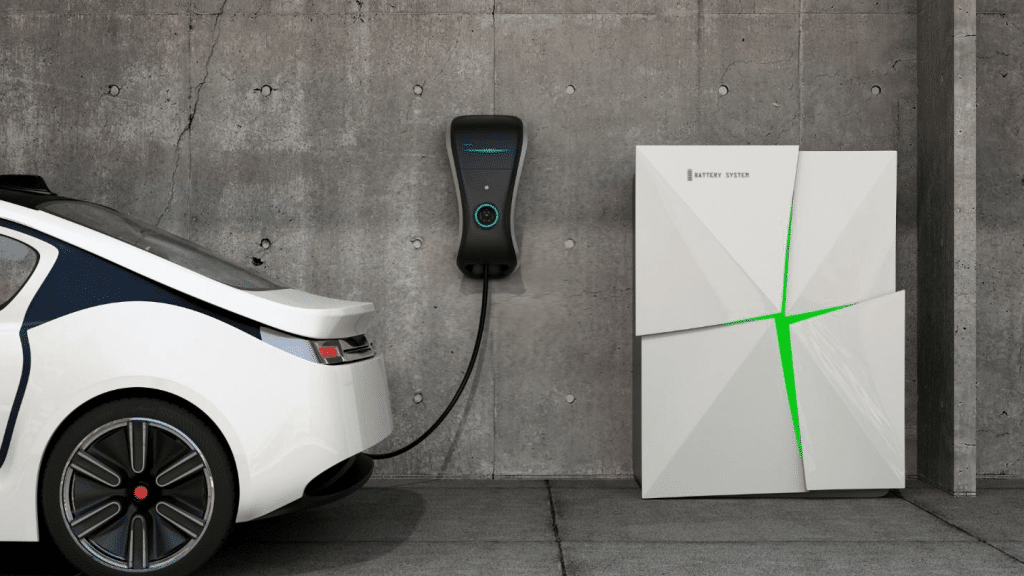
When identifying your electric car’s energy consumption estimation, vehicle dynamics is a huge factor. Vehicle dynamics is the science of how the vehicle moves, such as the tyres, power train, driver, and the weight and shape of the car. These factors influence the energy that your car uses.
Below are the many factors that can impact your electric car power consumption:
Aerodynamic drag
Most EVs have been specifically designed to be as aerodynamic as possible, which is why they look different to traditional models. Extreme wind conditions can reduce the distance you will be able to drive before needing to recharge.
Weight
Perhaps the most significant factor is your vehicle’s weight. The more you load up your car, the more oomph you are going to need in order to accelerate. If you are the sole driver, you are going to get a lot further on a single charge than you would with the entire family in the vehicle. Heavier ones will need more energy to move, thus, consuming more electricity when driving. Remember to consider the vehicle’s weight when buying an electric car.

Rolling resistance
Rolling resistance or the friction the tyres encounter when rolling on the ground. The more rolling resistance, the more energy consumption is needed for your car to move. Opt for tyres with less rolling resistance if you want an efficient Electric Vehicle.
Average speed
The average speed means that the faster you drive, the more energy consumption. If you want to save energy, drive at a moderate speed.
So consider all of these factors when you are setting out in an Electric Vehicle, and make sure you compensate to allow yourself plenty of time to reach your next recharging station.
Electric vehicle energy consumption calculation
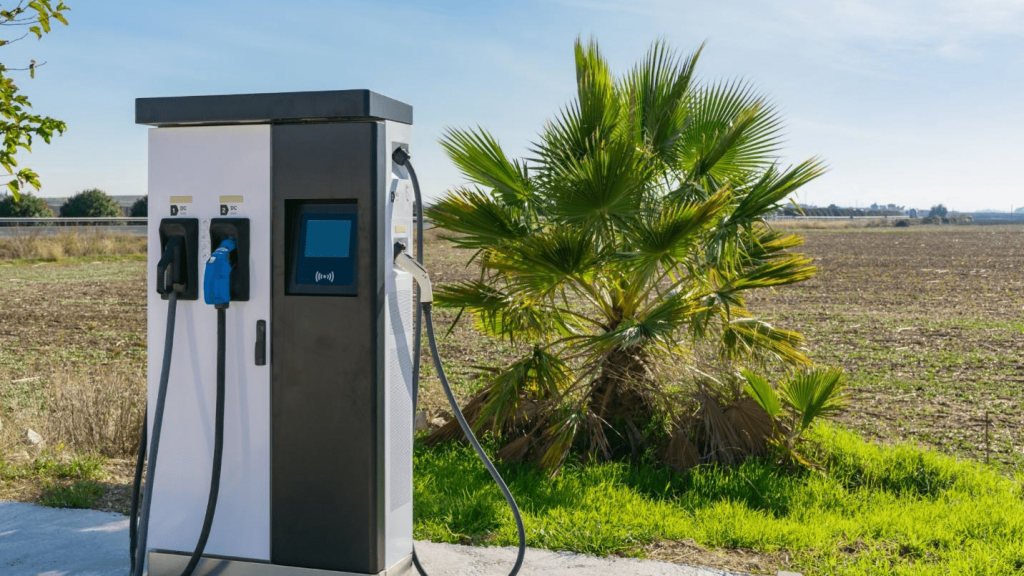
There are different methods for calculating your EV energy consumption, but the most common method is using kilowatt-hours/100 km. This indicates how much kilowatt-hours of electricity your vehicle uses for every hundred kilometres that you drive.
First, determine the average number of km you drive in a day and your vehicle’s battery size. As soon as you have information, you can then use the formula:
Battery size (in kilowatt-hours) x the Average number of km driven per day / 100 = Kilowatt-hours per km miles
If you drive around 30 km per day and you have a 40-kilowatt-hour battery, the calculation would look like this:
40 kilowatt-hours x 30 km / 100 = 12 kilowatt-hours per 100 km.
The calculation indicates that your electric car utilises 12 kilowatt-hours of energy for every 100 km you drive. The numbers may change on a variety of factors, but this gives you a clearer idea of how much energy your Electric Vehicle uses.
The difference between electric cars and gas-powered vehicles is even more drastic when it comes to energy consumption. Electric vehicle usage rates can be as low as 30 kWh per 100 miles, while a traditional car uses around 40+ kilowatt hours for the same distance travelled! This indicates that you can save at least four times more when using electric vehicles than a petrol car.

Keep in mind that electricity costs may vary from state to state. Electricity is cheaper in some areas, while in other parts it can be quite costly. Make sure that you first determine the costs of electricity in your area before deciding on making the switch to an Electric Vehicle.
How to reduce energy consumption in Electric Vehicles

Now that the demand for Electric Vehicles is rapidly increasing, it would be practical to identify ways to reduce energy consumption. By following the tips listed below, you can finally save money, and reduce carbon emissions!
Drive Slower
To minimise energy consumption, it would be best to drive slower. Driving faster means your EV has to operate harder, using more and more energy.
Avoid Using the Air Conditioner
If you can, avoid using the air conditioner to reduce energy consumption. Air conditioners in Electric Vehicles use a lot of energy, so we suggest avoiding using them if possible. Try opening the windows instead, and enjoy the fresh air!
Keep Tyres Inflated
Lastly, keep your tyres properly inflated. Your Electric Vehicle will use more energy when tyres are low on air, especially when driving on rough roads.
Is it cheaper to charge an EV than a petrol or diesel car?
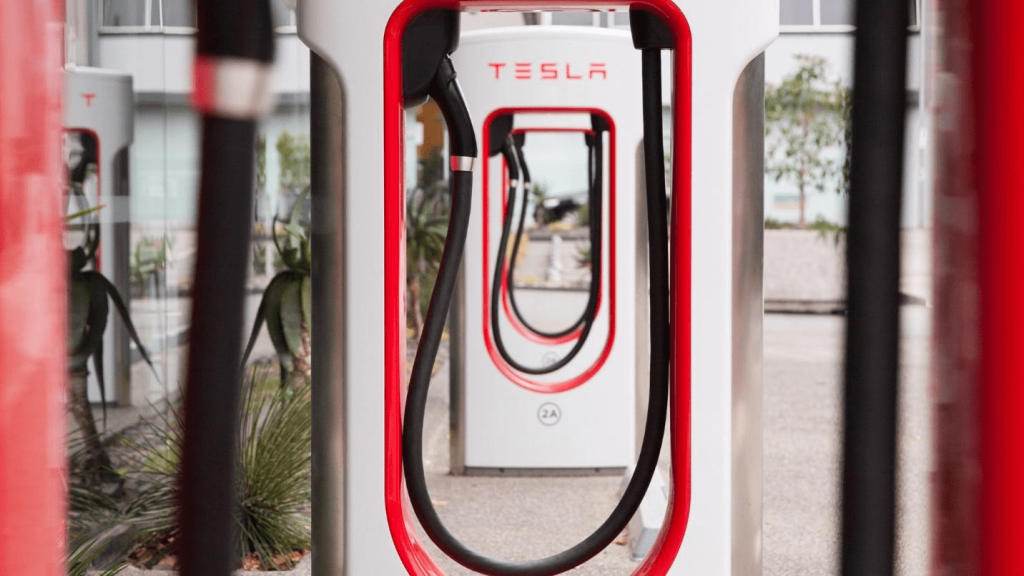
Conventional vehicles, that are powered by petrol or diesel, are easier to monitor when it comes to fuel consumption.
Heading to your local servo is becoming more and more expensive, and this is the first and important distinction between petrol/diesel cars and EVs. It is significantly cheaper to power an EV – whether you are using a level 1 charger in your home or level 3 charger on the road.
For every 100km, an average petrol vehicle needs around five litres of fuel consumption, energy required for every EV will use approximately need 15kWh of charge over the same distance.
The cost of petrol in Australia on average is around $1.41, which means you will pay about $7.05 for five litres of fuel. The average cost of 1kWh of electricity in Australia is around $0.30 or around $1.50 for 4kWh. It is much cheaper to power an EV, especially if you can access free charging stations around the country.
Is charging an electric car at home cost-effictive?
If you’re considering an electric car, you may be wondering if it’s cheaper to charge at home or at a public charging station. With the rise of electric cars in Australia, many drivers are considering the cost-effectiveness of charging at home versus at a public charging station. While public charging can be convenient, it may not always be the most cost-effective option.
The cost-effectiveness of at-home charging versus public charging depends on a variety of factors. While at-home charging may be the most cost-effective option for some, public charging may be a better option for others. With careful consideration, you can find the most cost-effective option for your electric vehicle charging needs.
At-home charging
First, let’s consider the cost of at-home charging. The cost of charging your electric vehicle at home depends on several factors, including the size of your battery, the efficiency of your vehicle, and the cost of electricity in your area. According to recent data, the average cost of electricity in Australia is around 30 cents per kilowatt-hour (kWh). Therefore, if you have a 60 kWh battery and fully charge your vehicle at home, it would cost you approximately $18.
It’s worth noting that this cost can vary depending on the time of day that you charge your car. In many areas, electricity rates are cheaper during off-peak hours, which can significantly reduce the cost of charging your vehicle.
Public charging stations
On the other hand, public charging stations can vary greatly in price. Some charging stations may be free, while others may charge a fee per kWh or per hour. The cost of charging at a public station also depends on the type of charger you use. Level 2 charging stations, which are the most common type of public charger, typically cost around 40 cents per kWh. However, some fast chargers can cost up to $1 per kWh or more.
If you’re interested in buying an electric car, it’s worth doing some research to find out what the charging options are in your area, and how much it would cost to charge your car at home. You may also want to consider installing a dedicated charging station to make the process more convenient and efficient.
So, which option is most cost-effective?
It really depends on your driving habits and the availability of charging stations in your area. If you have a long commute and rely heavily on your electric vehicle, at-home charging may be the most cost-effective option. With at-home charging, you can take advantage of off-peak electricity rates, which can significantly reduce your charging costs. You can also install a solar panel system to generate renewable energy and further reduce your energy costs.
On the other hand, public charging may be the better option if you have access to free or low-cost public charging stations and do not drive long distances frequently. It can also be more convenient for those who live in apartments or do not have access to a private charging station.
How does weather affect an electric car’s electricity usage?
Many EV owners may not be aware that weather can significantly impact their vehicle’s electricity usage. By understanding the impact of weather on their electric car’s range and energy usage, EV owners can take steps to maximise their vehicle’s efficiency and ensure that they can enjoy the benefits of environmentally friendly and cost-effective transportation in all weather conditions.
Temperature
Temperature is one of the most significant factors that can affect an electric car’s range and energy usage. EV batteries perform best in moderate temperatures, with an ideal range between 20 and 25 degrees Celsius. In hotter weather, the battery can become less efficient, which can result in a shorter range.
Similarly, the battery’s performance can be reduced in colder weather, resulting in a shorter range and higher electricity usage.
In Australia, the temperature can vary significantly depending on the location and time of year. For example, in the southern states during winter, temperatures can drop below freezing, while in the northern states, summer temperatures can exceed 40 degrees Celsius. EV owners should be aware of the impact temperature can have on their vehicle’s range and energy usage, particularly when planning longer journeys.
You can take several steps to mitigate the effects of temperature on your EV’s electricity usage. Firstly, you can preheat or cool your car while it’s still plugged into the charger to reduce the amount of battery power needed to regulate the cabin temperature. Secondly, you can plan your route to include charging stops, particularly when driving in extreme temperatures. Finally, you can reduce your driving speed and use regenerative braking to maximise your vehicle’s energy efficiency.
Rain and snow
Rain and snow can also impact an electric car’s range and energy usage. In wet conditions, the increased rolling resistance can result in higher electricity usage, reducing the vehicle’s range.
Similarly, the reduced traction can increase the vehicle’s electricity usage in snowy conditions, resulting in a shorter range.
In Australia, snow is relatively rare, occurring mainly in the alpine regions during winter. However, rain is a common occurrence, particularly during the wet season in the northern states. EV owners should be aware of the impact of rain and snow on their vehicle’s range and energy usage, particularly when driving in wet or snowy conditions.
You can take several steps to mitigate the effects of rain and snow on your EV’s electricity usage. Firstly, you can reduce your driving speed and use regenerative braking to maximise your vehicle’s energy efficiency.
Secondly, you can plan your route to avoid flooded or icy roads, which can increase your vehicle’s electricity usage. Finally, you can ensure that your tires are properly inflated, which can reduce rolling resistance and improve your vehicle’s energy efficiency.
Are Electric Vehicles right for you?
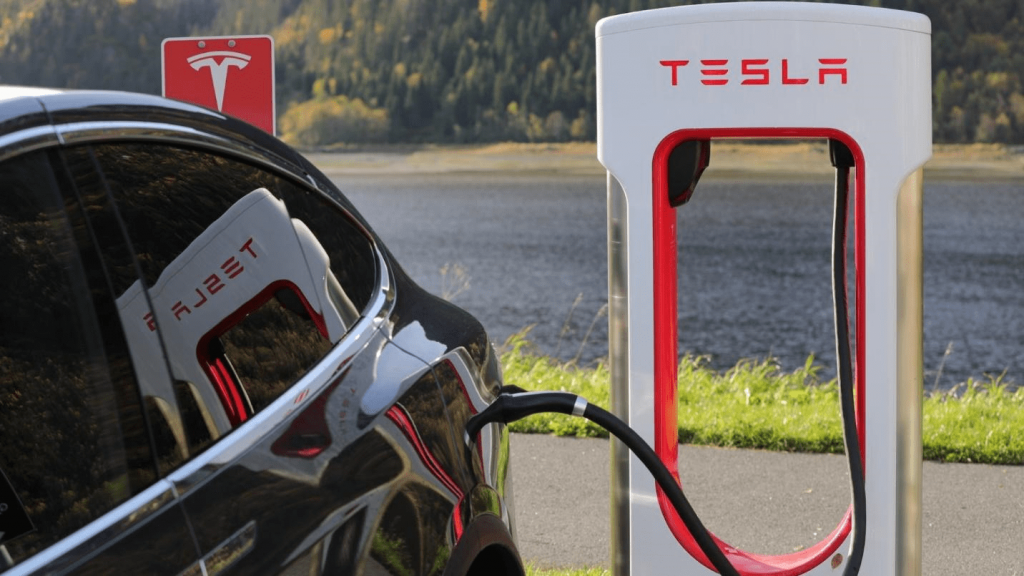
Needless to say, an electric vehicle is a much more efficient option compared to conventional vehicles. Electric Vehicles use less energy and emit no environmental pollution.
For you to make the most out of your EV, make sure that you monitor your vehicle’s energy consumption. An Electric Vehicle can be an excellent choice if you want to reduce fossil fuel dependence.
If you’re ready to take the leap and change your vehicle to an EV, why not book a test drive today! Check out the EVs available in Australia here.











